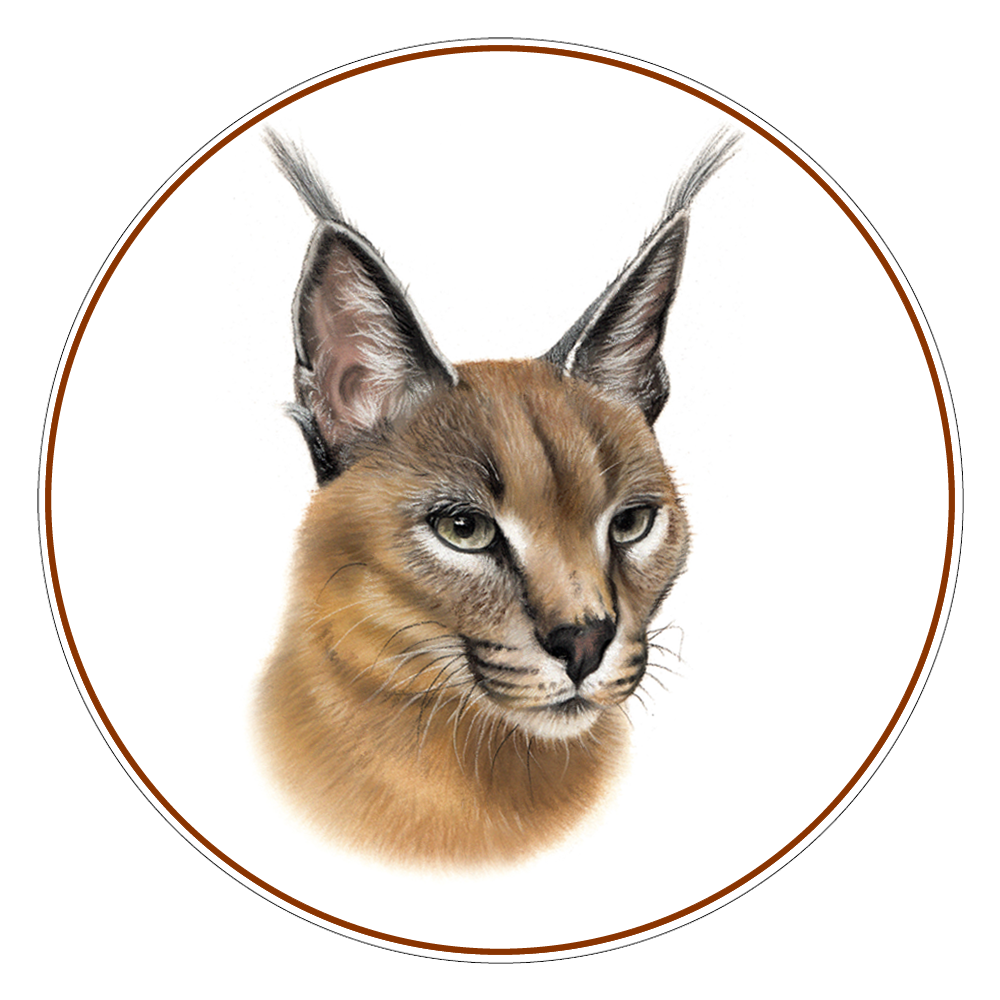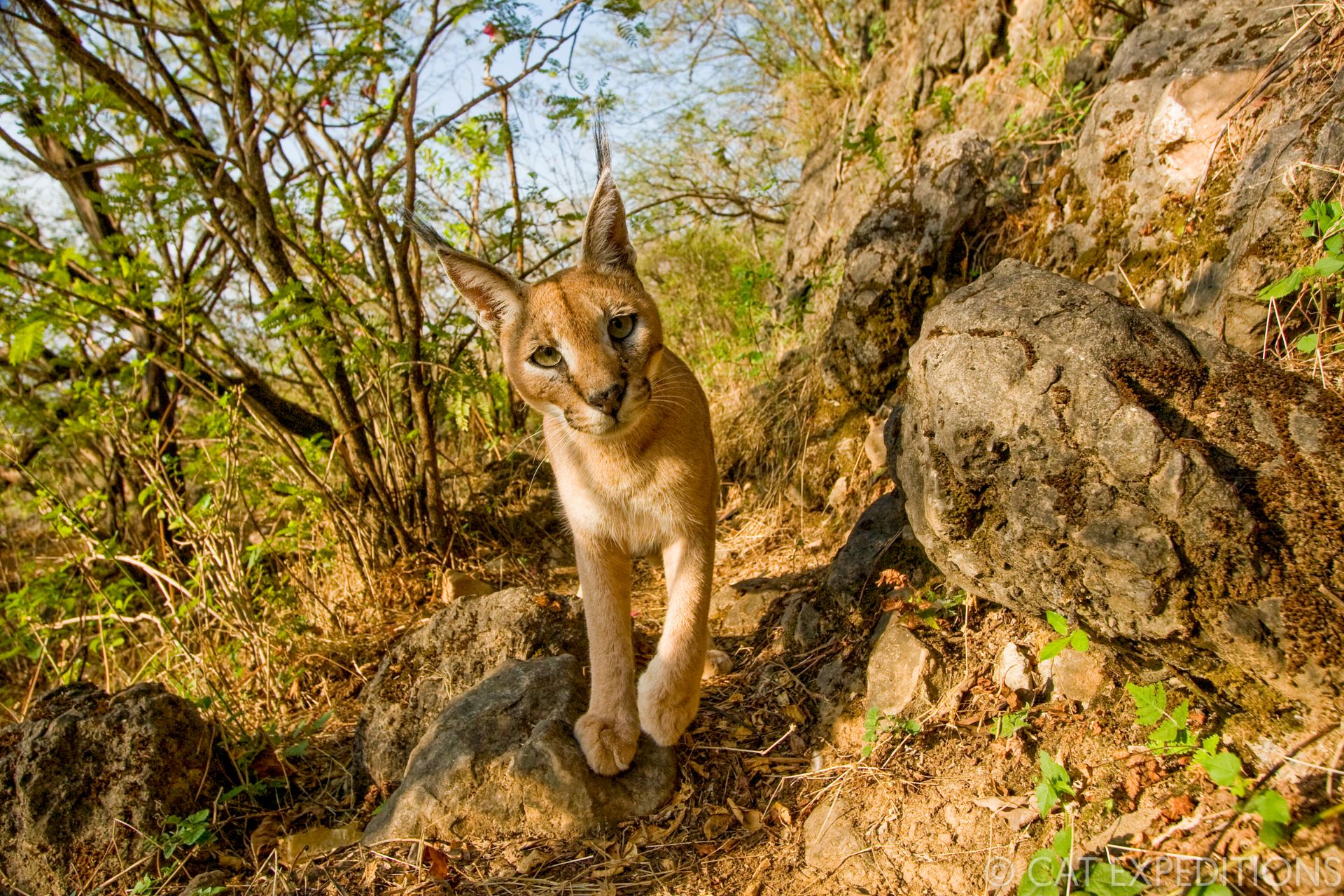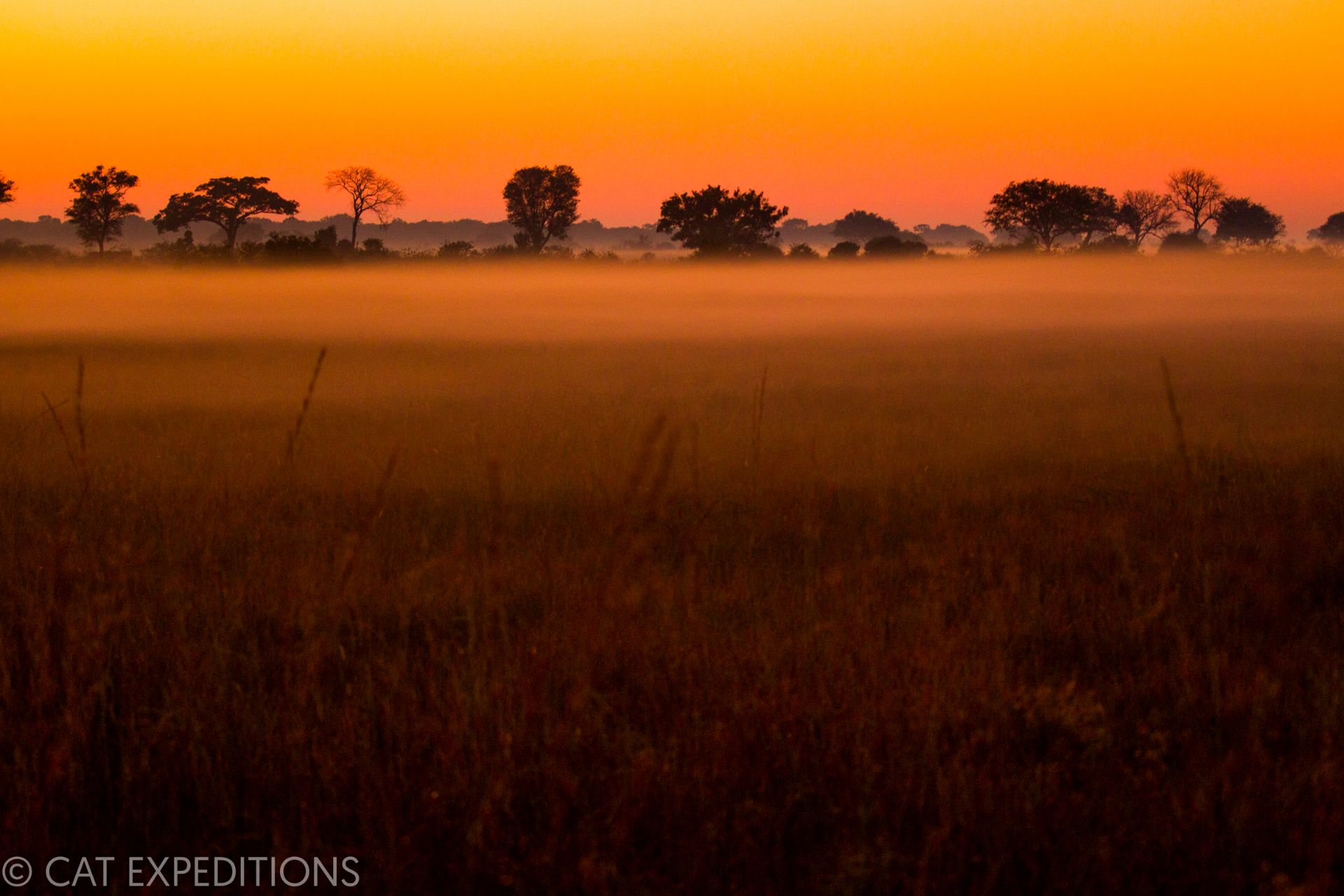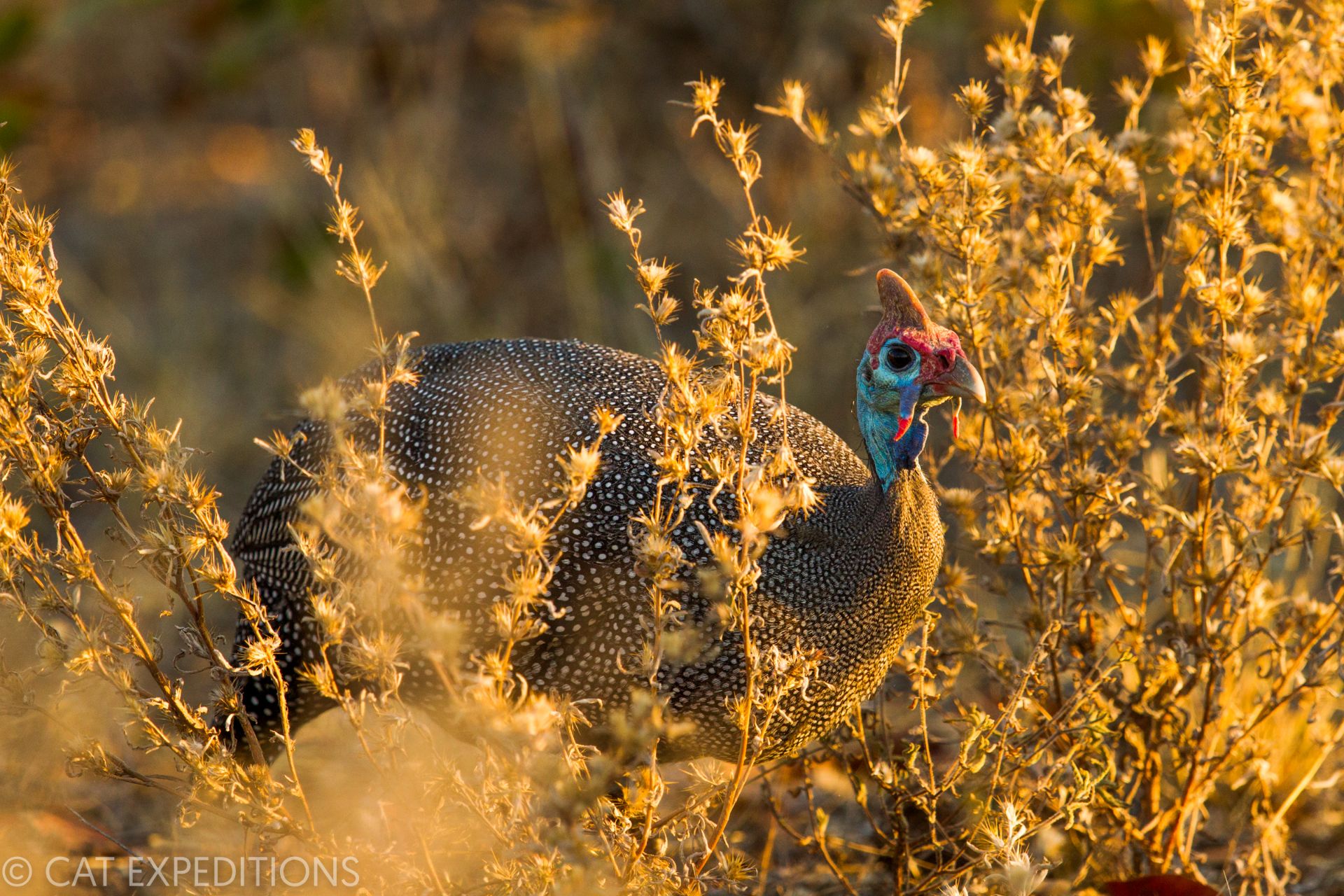Caracal
CARACAL (Caracal caracal)
Caracals are elegant, medium sized cats that are incredible jumpers. The majority of its range is in Africa, but is also found in th Arabian Peninsula, western Asia, and into India. Despite the caracals physical similarities with lynx, including their ear tufts, they are not closely related. This however has not stopped people from calling them the African lynx.

Caracal Description
Caracals are beautiful, elegant cats with powerful legs that make them great jumpers
Caracal Distribution and Habitat
Caracals occur a broad swatch of Africa including parts of northern and western Africa, but their highest densities are in eastern and southern Africa. They are also found in the Middle East and in Asia, from the Caspian Sea to central India. They are not found in true desert or tropical rainforest, but occupy many different habitats. These include dry woodland savanna, grasslands, shrubland, semi-desert and mountainous areas. In the Masai Mara, where we run our caracal tour, the cats are primarily found in grassland habitats.
Caracals prefer open or semi-open habitats like grasslands and savanna
Caracal Feeding Biology
Caracals, like servals, are exceptional jumpers being able to jump 12 feet (4 meters) vertically into the air. Unlike the serval however, it has larger paws with a solid head, both adaptations for taking down bigger prey, up to four times their own weight. Mammals make up the bulk of their diet, in some areas as much as 95%. Hyrax, hares, and small antelopes are important prey items for caracal. Birds too are often preyed upon, including gamebirds like frankolins, guineafowl, and sandgrouse. There is even one record of a caracal predating a bedded down ostrich.
Helmeted guineafowl are a perfect meal for caracals, but they primarily predate on mammals
Caracal Social Organization and Reproduction
The social ecology of caracals is not well known, but they seem to follow a typical wild cat pattern of holding territories with exclusive core areas and overlapping edges. Like other cats they are solitary both scent-mark and scrape to signify territorial ownership. Male caracal often have extensive scaring on their face, presumably due to fighting over territory. Territories tend to be large and densities seem to be lower than those of serval with an estimates 15 caracals per 10 square kilometers.
Caracals breed year around, but show seasonal peaks in certain areas. In the Masai Mara, births are generally around November through May. Caracal litters are generally two or three kittens, but up to six have been recorded. Kittens will reach independence at around 9-10 months. Caracals can live up to 19 years in captivity, but their lifespan is unknown in the wild.



